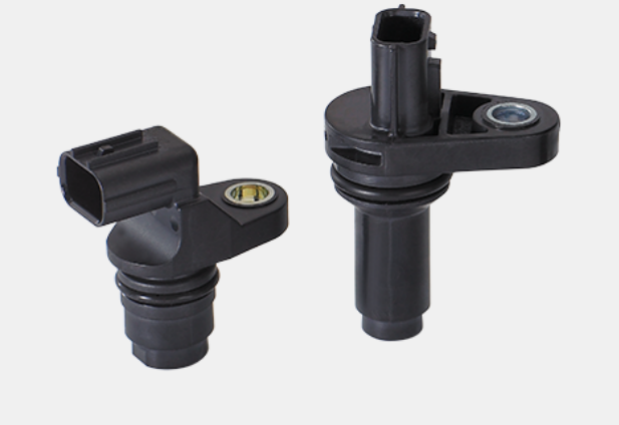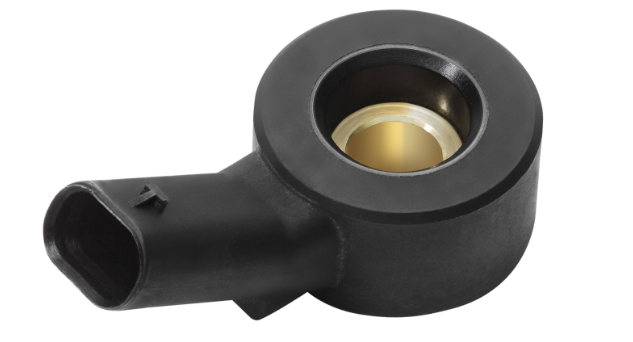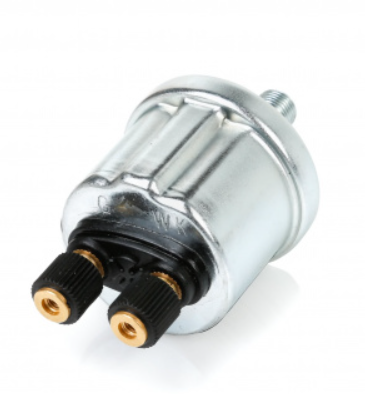OUTLINE:
How Many Sensors Are in a Car? The Answer is Variable
 161
161Cars are now equipped with advanced technologies and intricate systems to enhance safety, performance, and overall driving experience. While the sensors are like a car's eyes, ears, nose, and skin. They converts all of the information we see, hear, smell, and feel into electrical signals that are sent to the car's computer system, allowing the car to make correct judgments and assist the driver in better controlling the vehicle.
These tiny devices are critical in collecting and transmitting data to various vehicle systems. This article will look into the question, How many sensors are in a car?
How Many Sensors Are in a Car
Instead of a fixed number, it's more accurate to say that modern cars have dozens to hundreds of sensors, with the exact number dependent on the specific model, features, and technological advancements.
Even a very basic car can have dozens of sensors, and more advanced cars can have hundreds. Cars are becoming more intelligent as technology advances, and there will be an increasing number of sensors in cars.
7 Most Common Types of Car Sensors
To understand the sensor count in a car, we must first explore the most common types of sensors used in automotive applications.
|
Sensors |
Functions |
|
Engine Control Unit (ECU) Sensors |
Monitor engine parameters such as temperature, air intake, throttle position, and exhaust emissions. |
|
Oxygen (O2) Sensors |
Measure the level of oxygen in the exhaust gases, providing feedback for optimal fuel-air mixture and emission control. |
|
Mass Airflow (MAF) Sensors |
Measure the volume and density of incoming air to determine the correct fuel injection for efficient combustion. |
|
Throttle Position Sensors |
Monitor the position of the throttle valve, ensuring proper engine response and fuel efficiency. |
|
Anti-lock Braking System (ABS) Sensors |
Detect the rotational speed of each wheel, allowing the system to prevent wheel lock-up during braking. |
|
Accelerometer Sensors |
Detect changes in vehicle acceleration, enabling features such as traction control, stability control, and rollover detection. |
|
Tire Pressure Monitoring System (TPMS) Sensors |
Monitor the air pressure in each tire, alerting the driver to any deviations from the recommended pressure. |
How Many Sensors Are in a Car Engine? 5 Main Sensors
Within the multitude of sensors in a car, the engine is a critical area with several key sensors.
Crankshaft Position Sensor
Function: This sensor works as the engine's heartbeat monitor. A magnetic field is used to detect the small metal teeth on a revolving wheel connected to the crankshaft. These teeth that travel by the sensor create electrical pulses.
Details: The Engine Control Unit (ECU) counts these pulses to calculate the engine's RPM. This is critical for determining the precise timing of spark plug firing and fuel injector activation for optimum combustion in each cylinder.
Failure Symptoms: If this sensor fails, the ECU may not get an accurate signal, resulting in rough idling, stalling, and difficulties starting the engine.
Camshaft Position Sensor
Function: The crankshaft sensor informs the ECU about the engine's overall rotation, whereas the camshaft position sensor offers more specific data. It indicates the position of the camshaft with relation to the crankshaft.
Details: Knowing the camshaft position allows the ECU to precisely time valve opening and shutting for each cylinder. This guarantees an ideal intake of air and fuel combination, as well as proper exhaust gas output.
Failure Symptoms: A failed camshaft sensor, like a defective crankshaft sensor, can result in abnormal engine behavior, such as reduced power, Check Engine Light illumination, and even engine stall.

Coolant Temperature Sensor
Function: This sensor is essential for keeping the engine at the ideal operating temperature and for warming up the engine. A thermistor, a resistor whose electrical resistance varies with temperature, is used to measure the engine coolant temperature.
Specifics: The coolant temperature sensor is used by the ECU to enhance the fuel mixture for smoother ignition during a cold start. The sensor signal enables the ECU to modify the air-fuel ratio for economical operation and to reduce emissions when the engine warms up.
Not succeeding Signs: Rough idling and higher fuel usage can result from a rich fuel mixture created by a defective coolant temperature sensor. In extreme circumstances, it could lead to overheating or prevent the engine from reaching operating temperature.
Knock Sensor
Function: This sensor serves as a knock detector to stop detonation-related engine damage. When the air-fuel mixture ignites too soon because of high pressure or temperature, it is called detonation.
Details: The knock sensor alerts the ECU when it senses unusual pressure vibrations brought on by detonation. In order to safeguard the engine and stop more detonation, the ECU then slightly delays the ignition timing.
Symptoms of Failure: An engine knocking sound, similar to a metallic rattling sound, could be caused by a malfunctioning knock sensor that fails to identify detonation. Pistons, connecting rods, and other engine parts may be harmed by this.

Oil Pressure Sensor
Function: This sensor keeps track of the oil pressure in the lubricating system of the engine. By lowering friction and wear on moving parts, engine oil functions as a kind of lifeblood.
Specifics: A diaphragm used by the oil pressure sensor deflects in response to oil pressure. An electrical signal is created from this deflection and delivered to the ECU. The ECU uses this data to make sure the engine is properly lubricated and to illuminate a warning light to notify the driver of any possible issues.
Not succeeding Signs: A drop in oil pressure itself would be a more concerning indication than a failed oil pressure sensor, which might not cause the warning light to illuminate. Increased friction, quicker engine wear, and even an engine seizure could result from this.

Buy Sensors at Chipsmall
If you're looking to purchase sensors for your automotive needs, Chipsmall offers a wide range of sensor options. Find the suitable sensors you need here.
Christmas limited-time deals from Dec 10 - Jan 10.
Save up to $80 on orders over $2,000
Enjoy Free Shipping on orders over $999
For customers who place orders and pay at Chipsmall online stores.

Conclusion
From engine monitoring to driver assistance systems, sensors play a vital role in keeping our cars running smoothly. While the answer of "how many sensors are in a car" may vary, understanding the importance of these sensors and their functions gives us a glimpse into the remarkable technology that powers our vehicles today.

Disclaimer: The views and opinions expressed by individual authors or forum participants on this website do not represent the views and opinions of Chipsmall, nor do they represent Chipsmall's official policy.

share this blog to:

